Clematis plants are a common sight in many gardens. They are known for their beautiful flowers that come in a variety of colors. However, these flowers can sometimes face problems, like holes in their petals.
In this post, we will take a look at the causes of holes in Clematis flowers and what you can do to fix this problem.
Why Are There Holes in My Clematis?
Pests are usually the cause of holes in Clematis flowers. The most common pests that attack these plants are aphids, earwigs, and Japanese beetles. These pests will feed on the leaves and flowers of the plant, causing damage that can lead to holes.
I’ve had the most trouble with earwigs, which are small, brown insects that are attracted to moist environments. They will often hide in the soil around the plant and come out at night to feed. Earwigs can cause a lot of damage to Clematis plants, so it’s important to get rid of them as soon as possible.
You may not these pests are present in your garden because they hide during the day. However, you can look for signs of their damage, like holes in the leaves or flowers. You can also look for them at night with a flashlight. If you see any pests, you’ll need to take action to get rid of them.
How to Remove Pests from Clematis?
Big pests like Japanese beetles can be picked off by hand and disposed of. However, this is not always possible with smaller pests like aphids and earwigs. In these cases, you’ll need to use a pesticide.
My favorite pesticide for the pests that eat Clematis flowers is Neem oil. This is a natural pesticide that is made from the seeds of the neem tree. It’s safe to use around children and pets, and it’s very effective at getting rid of pests.
I use neem oil by mixing it with water in a spray bottle. I then spray the solution on the leaves and flowers of the plant. If you have a serious pest problem, you may need to repeat this process every few days until the pests are gone.
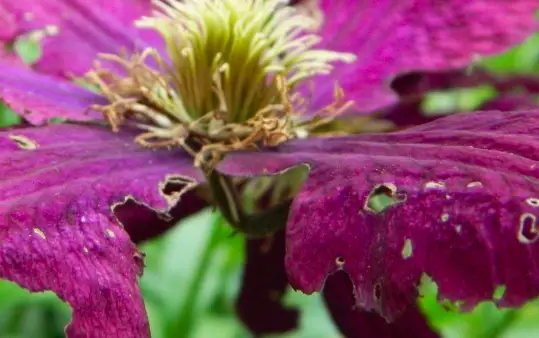
How to Keep Pests Away From Clematis?
No one wants the problem to return, so here are a few tips to keep pests away from your Clematis plants.
Keep the area around your plants clean – This means removing any debris, like fallen leaves or dead flowers. Pests are attracted to these objects, so keeping the area clean will help keep them away.
Use beneficial insects – These are insects that eat other pests. They can be purchased online or at your local garden center. Once you release them into your garden, they will help keep the population of other pests under control.
Apply a pesticide regularly – This will help prevent any new pests from moving in and causing problems. Neem oil works by disrupting the life cycle of pests, so applying it on a regular basis will help keep them away.
What Else Causes These Holes?
While pests are usually the cause of holes in Clematis flowers, there are a few other things that can cause this problem.
Holes from Disease
Sometimes, the holes in Clematis flowers are caused by disease. The most common diseases that affect these plants are powdery mildew and botrytis blight. These diseases will cause the leaves and flowers to become discolored and covered in spots.
As the disease develops, it can cause the leaves and petals to weaken and eventually fall off. This will leave behind holes in the plant. If you think your Clematis has a disease, it’s important to get rid of it as soon as possible.
The best way to do this is to remove any affected leaves and flowers from the plant. You can then apply a fungicide to the plant to help prevent the disease from spreading.
Holes from Weather
In some cases, holes in Clematis flowers are caused by weather conditions. Extreme cold or heat can cause the leaves and flowers to become damaged. This damage can lead to holes forming in the plant.
Hail is one type of weather that can cause holes in Clematis flowers. If you live in an area where hail is common, it’s important to take steps to protect your plants. You can do this by covering them with a tarp or sheet during a storm.
Holes from Hungry Animals
Another common cause of holes in Clematis flowers is animals that are looking for food. Deer, rabbits, and other animals will often eat the leaves and flowers of these plants. This can cause serious damage to the plant and leave behind holes.
If you have problems with animals eating your plants, you can try using deer repellent or fencing off the area to keep animals out. Bobbex is a great deer repellent that is safe to use in the garden.
Should I Prune Clematis with Holes?
I only prune when I think a fungal disease is quickly spreading throughout the plant. This will help to remove any diseased leaves and flowers, which can help prevent the disease from spreading further.
If your plant has holes from pests, I don’t usually recommend pruning. Simply remove the pests from the plant and take steps to prevent them from returning.
In some cases, pruning can actually make the problem worse. This is because pruning is a stressful event for the plant. If the plant is already stressed from pests or disease, pruning can cause even more damage.
Conclusion
So, pests are usually the cause of holes in Clematis flowers. However, there are a few other things that can cause this problem, such as disease, weather, or animals. If you think your plant has a problem, it’s important to take steps to fix it as soon as possible.
Pruning is sometimes necessary, but it can also make the problem worse. Simply removing the pests from the plant is usually the best course of action. You can also take steps to prevent pests from returning, such as using a pesticide.
Thanks for reading! I hope this article was helpful. If you have any questions, please feel free to leave a comment below.
Tim is an avid gardener from the UK. He was the founder of PlantCarer.com from 2021 to Sep 2023. He sold PlantCarer.com to Aaron. He has since started his own business called Seed To Supper, which provides new gardeners all the materials you need in a box (pots, seeds, compost and instructions) to grow your own delicious and nutritious vegetables and herbs from start to finish – no garden required.



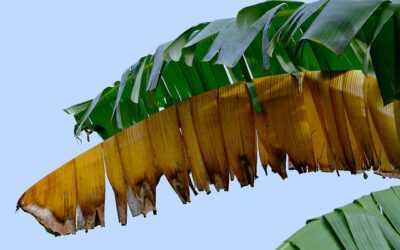

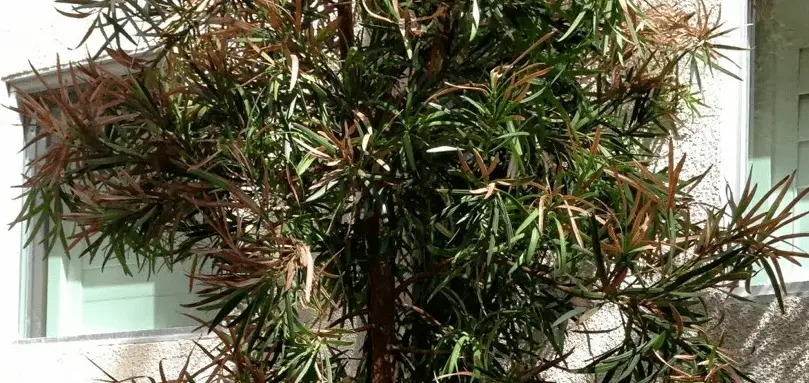
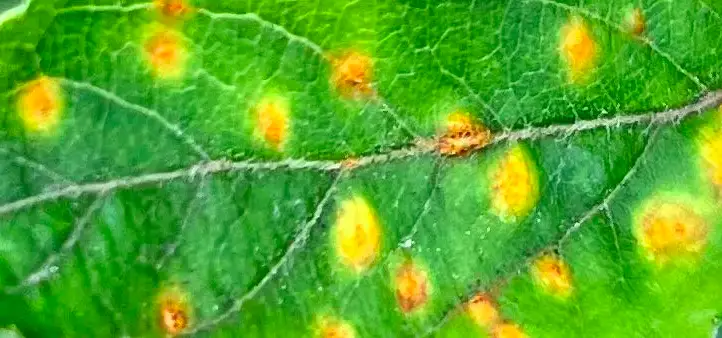
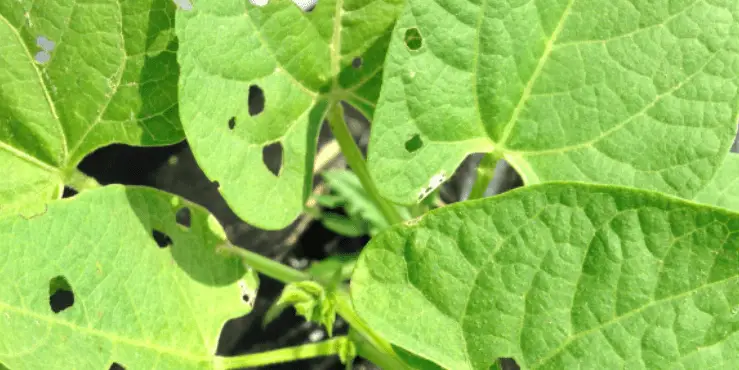
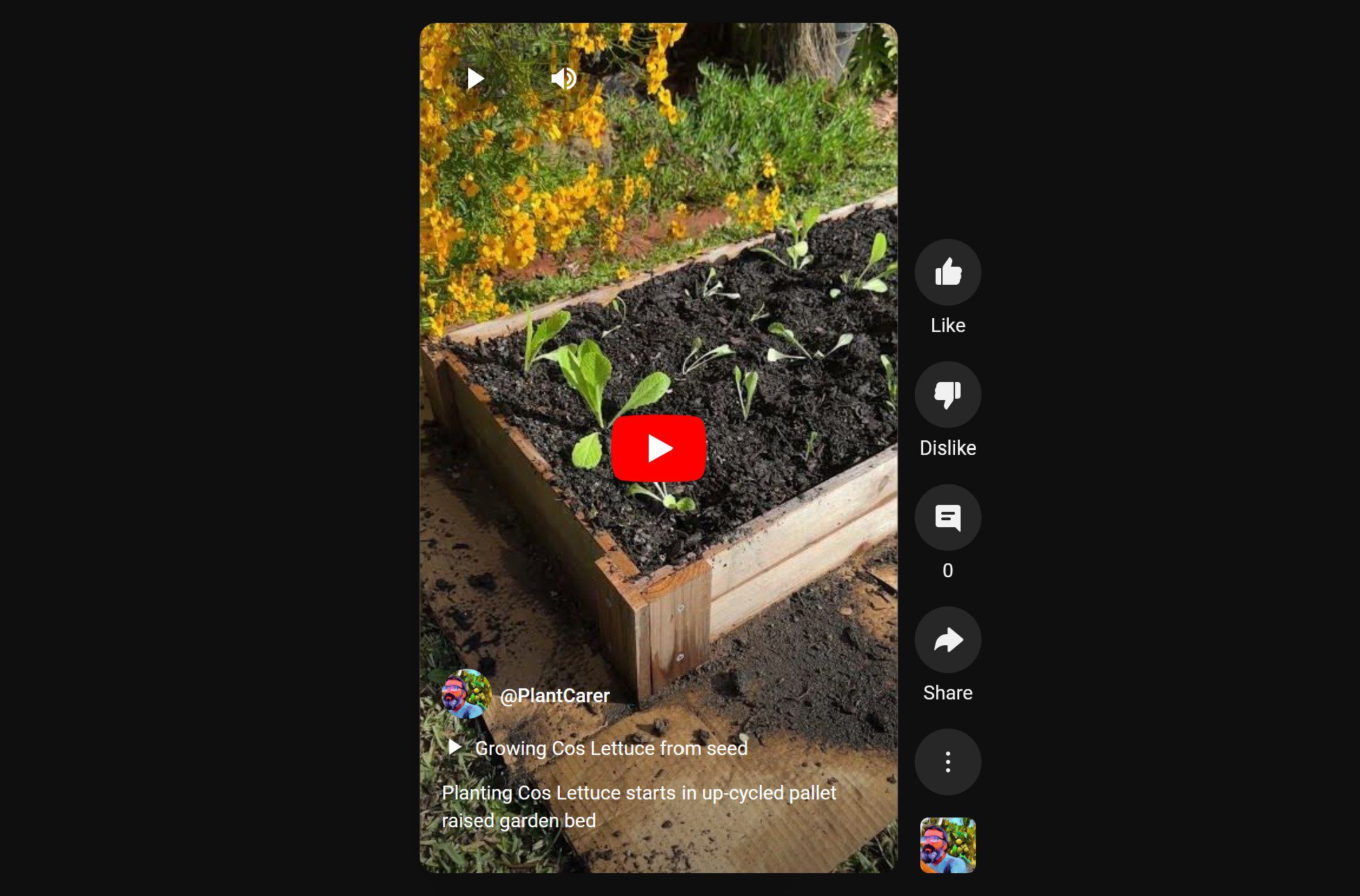
0 Comments